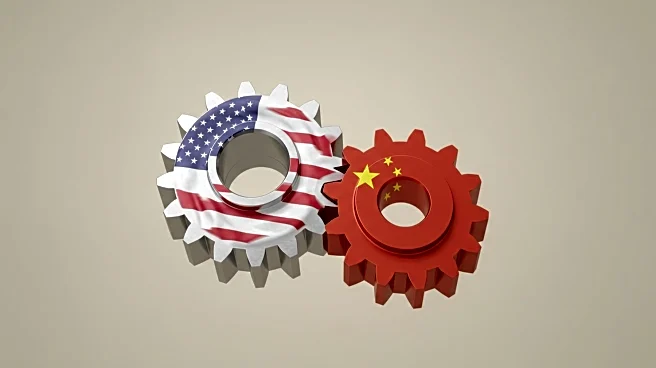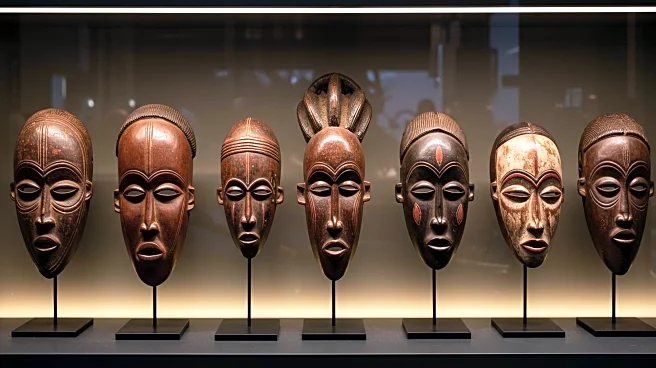Rapid Read • 6 min read
President Trump has intensified tariffs on China, aiming to strengthen the U.S. economy despite global trade tensions. The tariffs, initially set at 20%, reached 145% before negotiations reduced them to 30%. While the U.S. economy has shown resilience, with stock market gains and stable inflation, China continues to leverage its control over rare-earth minerals and expand into new markets. Xi Jinping has yet to agree to a one-on-one meeting with Trump, maintaining strategic leverage in ongoing trade discussions.
AD
The tariff strategy impacts U.S.-China relations, affecting global trade dynamics and economic stability. While the U.S. benefits from tariff revenue, the long-term effects on industries reliant on Chinese goods remain uncertain. China's control over rare-earth minerals poses challenges for U.S. manufacturing and defense sectors. The situation underscores the complexity of international trade negotiations and the need for strategic diplomacy.
The trade tensions highlight broader geopolitical challenges, including the balance of power between major economies and the role of tariffs in international relations. The focus on rare-earth minerals emphasizes the importance of resource security and technological advancement. The evolving dynamics may influence future trade policies and global economic strategies.
AD
More Stories You Might Enjoy










